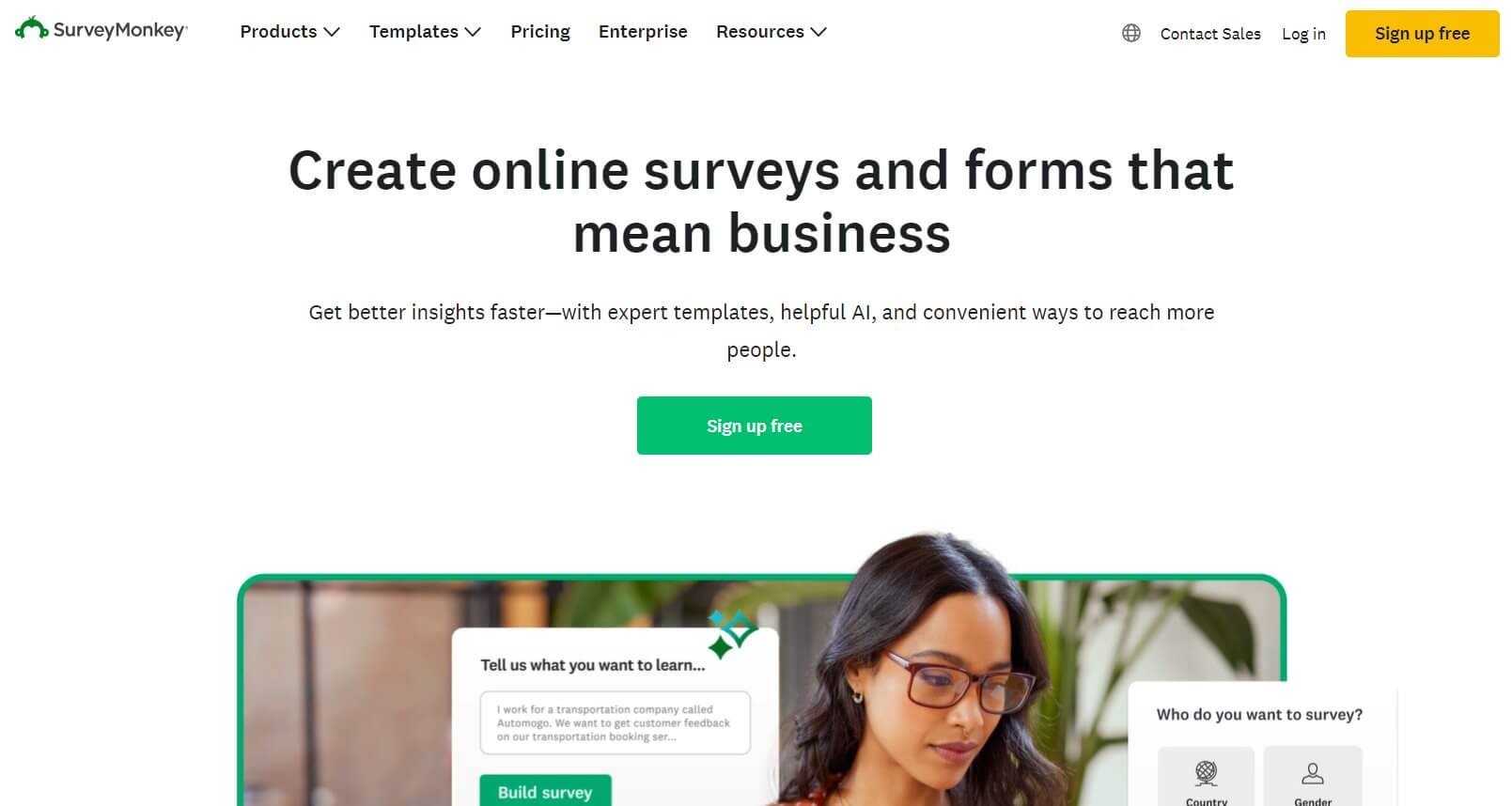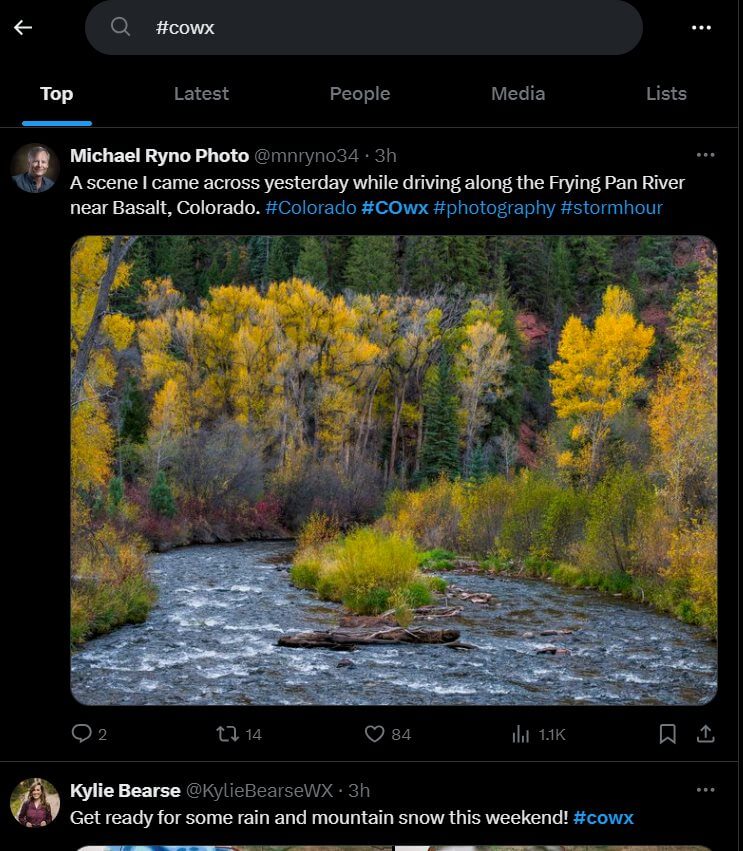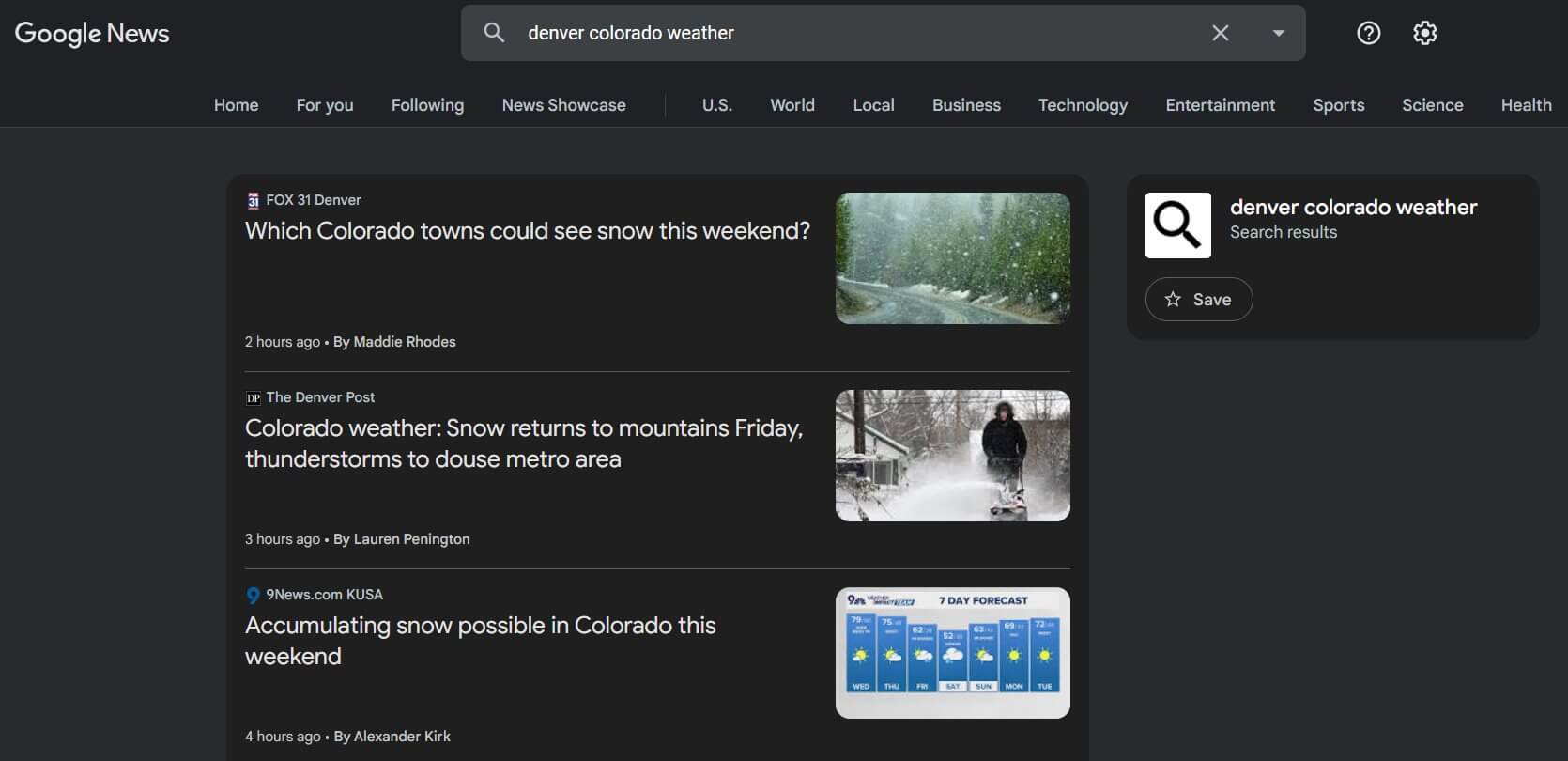To build a local brand that truly connects, few things are more powerful than addressing the real issues your community faces. When your content addresses local challenges, it does more than fill pages; it builds engagement, cultivates trust, and establishes your brand as a valued community resource. The ability to hone in on these challenges and present actionable solutions can set your business apart in a crowded city.
So, how do you begin? First, let’s start with how to identify these community challenges, and then we’ll explore how to present solutions that not only educate but inspire action. This is all about making a difference in your local community, one blog post at a time.
Why Does This Matter?
Creating content that aligns with the concerns of your community goes beyond checking off items on a marketing to-do list. It builds meaningful connections with your potential customers. By tapping into local issues, you’re establishing your business as a trusted resource and building loyalty and trust. Let’s look at why this approach matters and how it can make a real difference for your business:
- Positioning your business as a trusted resource: When you address local issues, you position your business as an authority. Creating content that speaks directly to your audience’s needs makes them more likely to turn to you for advice and products, strengthening your role in their lives.
- Community alignment without going political: Aligning with local issues doesn’t mean you need to take a political stance. Focus on universal community concerns like weather preparedness, local events, and seasonal activities, allowing you to show that you care without taking sides.
- Local issues create unique content opportunities: Addressing local issues provides unique content ideas that can’t be easily replicated by larger competitors, helping your business stand out in search results and making your blog a go-to resource.
- Humanizing your brand: Addressing these issues adds a human touch to your brand. Customers who see you’re genuinely invested in their well-being are likelier to feel a personal connection, building trust and encouraging deeper relationships.
In essence, this content helps you connect personally, establish trust, and foster loyalty, all while demonstrating that your business is a valued part of the community. And remember, when you focus on solutions that matter locally, you’re making your content both impactful and timeless—qualities that will keep your audience coming back for more.
Identifying Local Problems
Understanding the issues that matter most to your community is where this journey starts. By tuning in to local feedback, listening to the online buzz, and staying on top of the latest local news, you can pinpoint the topics that resonate with your readers. Not only does this allow you to create content that’s more relevant and meaningful, but it also positions your blog as a trusted local resource, committed to addressing real community concerns.
Understanding Community Feedback

One of the best ways to understand what’s on people’s minds is to ask them directly. Engaging with your audience is essential for getting a pulse on local issues. By actively seeking out feedback, you make it clear that your readers’ opinions matter — a key factor in building a loyal following:
- Surveys: Create simple surveys to ask community members what matters most to them. Whether it’s concerns about the local environment, education, or health services, surveys provide direct insights that can guide your content. Tools like Google Forms or SurveyMonkey make it easy to set up, distribute, and analyze survey responses.
- Community Forums and Social Media: Platforms like Facebook and Nextdoor are brimming with local chatter. These spaces are gold mines for identifying local pain points, frustrations, and interests. By regularly participating in these forums, you can keep a finger on the pulse of your community and discover emerging trends and issues.
- Feedback Loops: Show your audience that you’re listening by responding to their comments, whether on your blog or social media posts. Letting readers know you’re invested in their needs builds trust and makes them more likely to share with you in the future. You might even consider setting up a dedicated section on your website where readers can submit questions, suggestions, or concerns for future topics.
Social Listening Strategies

Social listening takes the guesswork out of discovering community issues. By monitoring social media conversations, local hashtags, and community groups, you can keep a close eye on what’s happening locally and adapt your content to match what people care about:
- Tools for Social Listening: Use tools like Hootsuite or Brandwatch to streamline this process. These platforms help you track keywords, phrases, and hashtags related to your community so you’re always in the know. Set up alerts for relevant terms to ensure you never miss a significant conversation or trending topic.
- Stay Active in Community Groups: Facebook, Reddit, and even local community websites often host active groups where people discuss local news, ask questions, and share grievances. Following these groups and engaging where appropriate will give you first-hand insights and build your reputation as a responsive, community-centered business.
- Leverage Customer Feedback on Review Sites: Sites like Yelp and Google Reviews can provide a wealth of information on what community members value or find challenging. Regularly monitor reviews for common themes and recurring issues that your content can address, positioning your business as responsive to local needs.
- Identify and Monitor Local Hashtags: Many communities have popular hashtags that people use to discuss local events, issues, or news. By identifying and monitoring these hashtags, you can join conversations that are already happening, creating content that speaks directly to trending topics and hot-button issues.
Leveraging Local News

Keeping up with local news keeps you informed about the challenges your community faces and the issues that resonate with your readers. By staying up-to-date with current events, you can align your content with topics that are top-of-mind for your audience, enhancing the relevance and timeliness of your posts:
- News Alerts and Subscriptions: Set up alerts on Google News and follow local news sites to stay up-to-date. Staying current with events and local issues means you can create timely content that meets readers where they are. Consider subscribing to local newspapers or following key reporters on social media for an insider perspective on unfolding stories.
- Timely Content: Addressing current events builds credibility and shows that your blog is a relevant source of information. When your content aligns with issues in the news, it becomes more relatable and valuable to your readers. Timely content also has the potential to attract new readers who are searching for information on trending topics.
- Engage with Local Journalists and Media Outlets: Establish relationships with local journalists who cover stories relevant to your community. By staying connected with local media contacts, you can gain insights into trending topics, get access to exclusive information, and even collaborate on content ideas that highlight and address community challenges.
- Use Local News Aggregators: Some websites and platforms aggregate local news from various sources. Using these resources can provide a broad view of what’s happening across different sectors, giving you a well-rounded perspective on community issues and helping you spot trends that might not be immediately obvious.
By combining these strategies, you can ensure that your blog content stays relevant, insightful, and deeply connected to the needs of your local audience. Identifying local problems isn’t just about filling your content calendar; it’s about showing your community that you’re paying attention and that you’re here to help solve the issues that matter most to them. This approach doesn’t just build readership; it builds relationships that can elevate your brand as a trusted, valuable local resource.
Presenting Solutions in Your Content
Once you’ve identified the issues that resonate with your community, the next step is to deliver solutions that truly matter. This is where your blog can shine by providing practical, actionable content that doesn’t just discuss the problem but empowers readers with ways to tackle it. Presenting well-researched, relevant solutions not only builds trust but also positions your brand as a valuable local resource. Let’s explore how to research and present solutions that make a real difference.
Researching Solutions and Resources
Your readers look to you for answers, so it’s essential to back up your content with thorough research and reliable resources. By consulting experts, organizations, and reputable sources, you’ll create content that your audience can trust and rely on:
- Collaborate with Local Experts: Reach out to community organizations, government bodies, and local businesses for insights. Partnering with these sources not only enhances the quality of your content but also builds relationships within the community. For example, if your post is about improving local recycling habits, interview representatives from local waste management companies or environmental groups.
- Provide Actionable Advice: Readers want solutions they can implement. Avoid vague recommendations; focus instead on specific steps or actions your audience can take. For example, if a community is dealing with water quality issues, provide a list of local resources for water testing, along with practical steps for home filtration solutions. Detailed, actionable advice can turn your blog into a go-to guide for readers looking to make tangible changes.
- Consult Academic and Industry Research: Local universities, research institutions, and industry reports can be excellent sources of data and insights on specific issues. Referencing studies or statistics relevant to your community can add credibility to your solutions and demonstrate a commitment to well-researched, reliable information. A report on the local economy, for instance, can help inform content on supporting small businesses.
- Include Resource Lists: Compile lists of relevant resources, such as contact information for local agencies, nonprofits, and online support groups. These resource lists can provide additional value, acting as a directory for readers who need help beyond what your blog post offers. If you’re writing about mental health support, for example, provide links to local therapists, hotlines, and community centers.
- Highlight Case Studies and Best Practices: Sometimes, the best way to illustrate a solution is by showing how it’s worked for others. Research case studies or examples from other communities that have successfully tackled similar issues, and explain how those solutions could be adapted locally. This approach not only provides inspiration but also offers a roadmap based on proven results.
Showcasing Local Initiatives
Every community has local heroes, businesses, and organizations that are actively working to make a difference. By shining a spotlight on these initiatives, you can inspire your readers, foster community pride, and demonstrate how local efforts are addressing pressing issues:
- Highlight Success Stories: Feature community projects, local nonprofits, or businesses that address specific issues. For instance, if a local business is spearheading a recycling initiative, tell their story and include a call to action encouraging readers to participate. Success stories build optimism and give readers examples of real, effective change happening close to home.
- Promote Solidarity: These stories can inspire others and foster a sense of unity. Your content can serve as a rallying point, encouraging readers to get involved or support these local efforts. By celebrating local efforts, you emphasize that solving community problems is a collaborative effort, and your readers are part of the solution.
- Interview Key Contributors: Conduct interviews with individuals involved in these initiatives, such as project leaders, volunteers, or community members who have benefited. Including quotes and personal stories adds a human element to your content and helps readers connect emotionally with the initiative, motivating them to support or participate. Real voices add authenticity, making the content more relatable and compelling.
- Feature Ongoing Projects and Events: Keep an eye out for upcoming projects, community events, or volunteer opportunities that align with the issues you’re addressing. For example, if there’s an annual river cleanup in your area, promote the event, share details on how to participate, and explain why it’s essential for the community. This not only helps readers engage with local efforts but also keeps your content timely and relevant.
- Share Ways to Support Local Efforts: Whether it’s through donations, volunteering, or simply spreading the word, there are often multiple ways readers can support local initiatives. Be sure to include actionable steps your audience can take to get involved, such as donation links, event sign-ups, or ways to volunteer. Providing easy ways to help turns passive readers into active participants in your community.
Creating Actionable Content
Empowering your readers with actionable, step-by-step guidance turns your blog into a practical resource. Content that provides a clear path forward encourages readers to implement the solutions you present, increasing the likelihood of positive change:
- Step-by-Step Guides: Whether it’s a guide to saving water during a drought or creating a home garden, breaking down actions into steps makes information more approachable. Detailed guides can demystify complex processes, encouraging readers to follow along. Use visuals, like photos or infographics, to illustrate each step and make the content even easier to understand.
- Resource Lists: Provide lists of local resources, such as contact information for community services, support groups, or emergency contacts. These lists serve as helpful references for readers seeking more information or support, making your blog a one-stop shop for solutions. For example, if you’re discussing housing resources, include information on local shelters, affordable housing agencies, and tenant rights organizations.
- Create How-To Articles: Break down specific tasks or challenges into easy-to-follow instructions. For example, if your post addresses energy conservation, include a how-to on conducting a home energy audit, with tips on identifying areas for improvement. How-to articles are especially valuable because they allow readers to take immediate action.
- Include Downloadable Checklists and Templates: Offer downloadable resources like checklists, templates, or worksheets that readers can use to apply your advice. For instance, a checklist for emergency preparedness could help families ensure they have the supplies they need. Downloadable resources enhance the value of your content and give readers something they can refer back to repeatedly.
- Encourage Small, Realistic Steps: Readers may feel overwhelmed by major challenges, so offering small, achievable steps can make a difference. For example, instead of suggesting readers overhaul their entire lifestyle for sustainability, recommend small changes they can start with, like reducing plastic use or starting a compost pile. This approach increases the likelihood that readers will take action, as they see the steps as manageable and doable.
Turning Local Problems into Actionable Solutions
When your content offers carefully researched, community-focused solutions, it goes beyond sharing knowledge, empowering readers with practical tools to drive positive change. Whether they’re learning about a local initiative, following a step-by-step guide, or finding valuable community resources, your content becomes a practical, trustworthy companion in their efforts to address local challenges. This type of content doesn’t just build traffic; it builds loyalty, positioning your blog as a resource that cares about the same issues your potential customers do.
Wanna learn more about building your brand?
Schedule a discovery call with RicketyRoo
and find out how we can increase your visibility.



